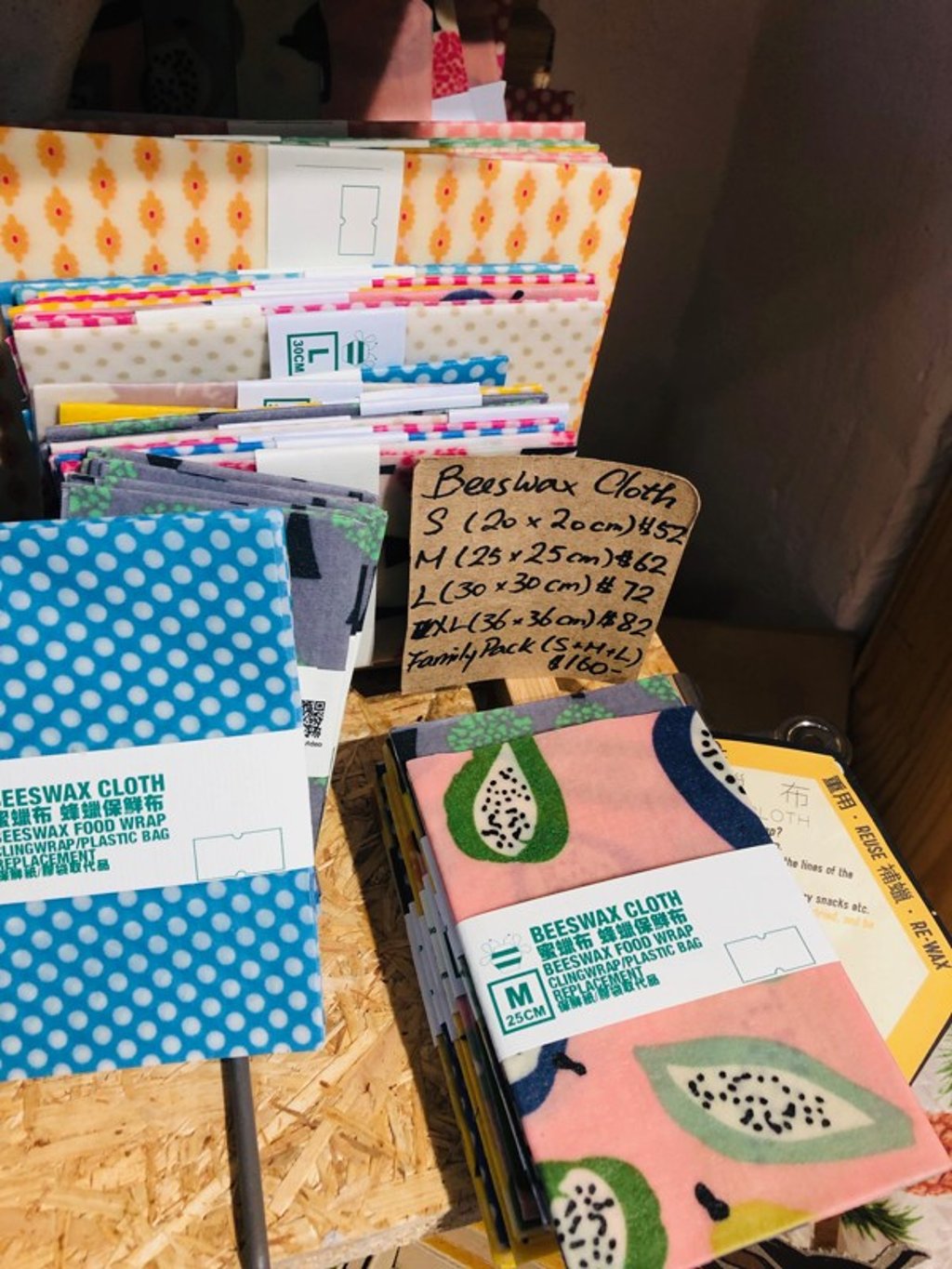How to cut down on single-use plastic – everyone can do it
- It takes some forward-planning, but reducing our dependence on disposable packaging helps reduce pollution and protects the environment

Our dependence on single-use plastics is staggering. The consequences of our throwaway habits are even more staggering: The Ellen MacArthur Foundation’s New Plastics Economy report predicted that by 2050 there could be more plastic in the world’s oceans than fish by weight.
Dianna Cohen, co-founder and chief executive of the non-profit organisation Plastic Pollution Coalition, has dedicated the past 10 years to making the world plastic-free, which is a lofty goal; Americans alone discard more than 30 million tonnes of plastic a year, Cohen said.
For her, it’s not a partisan issue, and it’s not an issue for the elite; it’s an issue that affects all of us. “We are producing instant garbage and instant waste,” she said. “We need to shift our thinking to reusable over disposable. It’s pretty clear we can do that.” But how do we start?
Go back to the old days
How we do that, Cohen says, is a matter of going back to our old ways. “We need to do things the way our grandparents and great-grandparents did,” she said, “like store leftovers in a ceramic bowl and then use a saucer or plate to cover it when you put it in the fridge.” Another option for leftovers, Cohen says, is to cover them in reusable beeswax-coated cotton cloths.

The obvious one: bring cloth shopping bags with you, whenever you head to the supermarket, and paper bags and containers if you head to a zero-waste store.
Cohen saves glass jars from pickles, jams and spaghetti sauce to store leftovers, and she hunts for old Pyrex at charity shops and yard sales. She buys milk and yogurt in glass and buys as much food as she can in bulk, always bringing her own containers or cotton bags to fill.